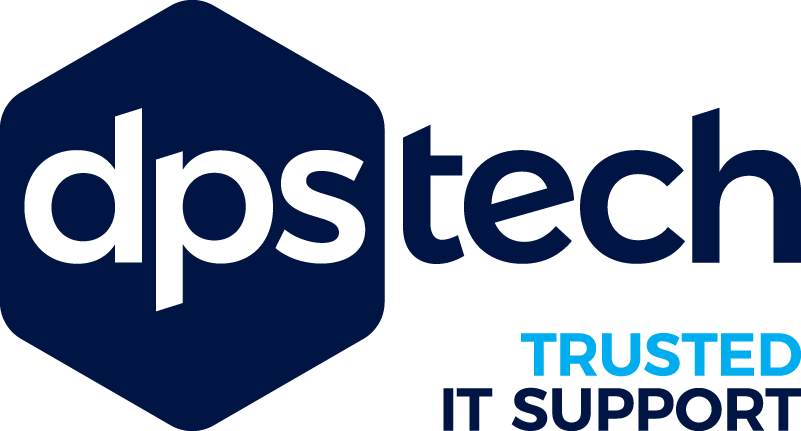DPS Tech News
08
Dec
2024
When someone leaves your business, you might be so wrapped up in the rush of everyday tasks, you forget to delete their login details.
It’s easy to overlook. You’ll get around to it later, right?
But unused login details could be a ticking time bomb for security breaches, leaving the doors wide open to cyber criminals. It can also be an unnecessary drain on your budget if you’re paying for old subscriptions you no longer need.
A recent report found that almost half of businesses had accounts that were no longer actively managed.
If you’ve forgotten about an account, you’re not monitoring it. And this leaves your business vulnerable to attacks.
These risks aren’t just hypothetical, either. Many cloud security breaches happen because unused login details and accounts have been compromised.
So, what do you need to do?
Take the time to audit all accounts and login details used by your business. Make sure you no longer have accounts open for ex-employees (and check that their access has been fully revoked, not just left inactive).
The same goes for any software or service that you’ve stopped using in your business. You might not realise you’re still paying for a service you haven’t touched in months – or even years.
Going forward, make sure you have a clear process for when people leave, and regularly review the applications and services your business uses.
If you’re not sure where to start, let us help you perform a security review and make sure you’re not leaving your business exposed to unnecessary threats. Get in touch.
01
Dec
2024
How do you feel about the technology you use in your business? A recent study found that 90% of business leaders felt confident that their IT systems today are “best in class”.
But how about tomorrow?
The same study showed that:
· Only 39% of business leaders felt confident that their current IT system was future-ready
· 64% worry that their technology might be getting outdated
· Around half the tech used by businesses was at its end-of-life.
When technology is no longer supported by the manufacturer or software creator, it’s like driving a car that hasn’t had a service in years. Sure, it might run fine for now – but sooner or later, it’s going to break down (and it’ll probably happen at the worst possible moment).
When it comes to business IT, cyber security is another big concern. The study found that 65% of business leaders worry about cyber attacks, and 56% admit that they find it a challenge protecting their business from these attacks.
Nobody can control whether their business comes under attack – but you can make sure your business is prepared. And the best way to do that is by keeping your IT systems up to date and investing in the right security tools.
So, how can you make sure your business’s IT is future-ready?
Take a good look at your current setup. Is your tech starting to slow down? Do you need to start replacing your hardware or software?
If your business tech does need updating, don’t wait until things have stopped working. Think ahead and start planning for upgrades now.
And while you’re at it, make sure your team is trained up on how to use the latest tools and systems.
If you need help building a technology strategy for your business’s next few years, that’s what we do – get in touch.
25
Nov
2024
Microsoft is warning business owners about a new type of phishing scam (where cyber criminals pose as a trusted source to trick you into giving away login info), which uses popular cloud services like SharePoint and OneDrive.
Although these platforms are usually safe, scammers have figured out how to trick privacy settings to get past security checks.
The scammers hack your cloud storage by stealing your login details or buying them on the black market.
Once they get inside, they upload a file that is designed to look authentic – like a fake Microsoft 365 login page. They set the file to “view-only” or limit access to specific people, such as you and your team.
Opening these files or following any links inside the emails could cause serious damage to your business. Scammers can use your information to access your systems, or they can install malware (malicious software) that lets them cause disruption and steal information.
Recovering from these kinds of attacks can be expensive and time-consuming – not to mention the damage it could do to your business’s reputation.
Make sure your employees are aware of this new threat and know to be cautious when opening emails, even if they appear to come from a trusted service.
Before opening any shared files, double-check the sender’s identity. If something feels off, contact the sender directly to verify it.
Make sure you use multi-factor authentication (MFA) across all your team’s devices. This adds an extra layer of security by requiring a second piece of information (like a code sent to your phone) along with your password.
Also, keep your security software up to date so that it’s always ready to block the latest types of attack.
Would you like our help protecting your business with added security, training, and monitoring? Get in touch.







